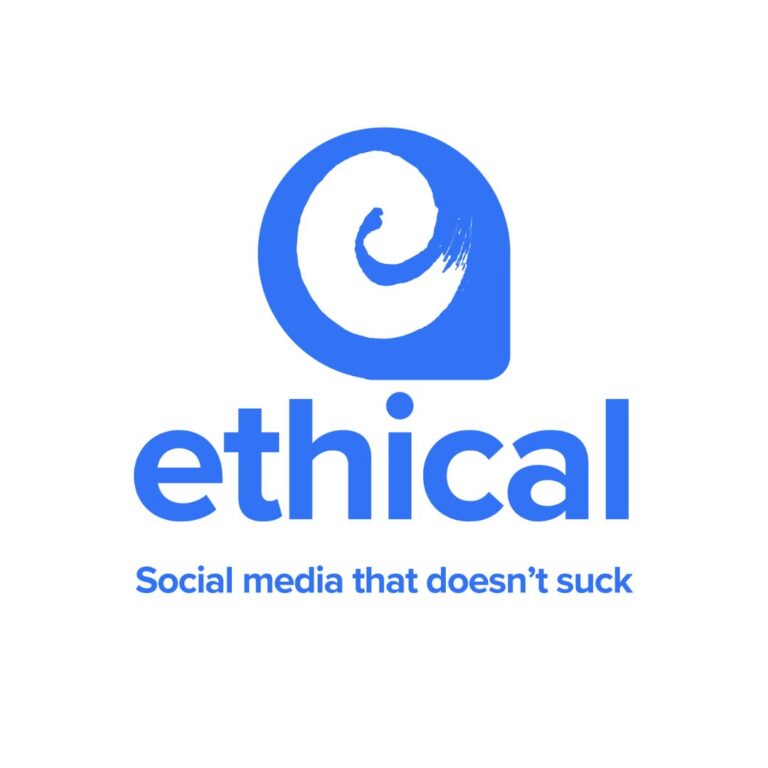
Is the social networking fight too early to call? An exploration.
Can Google+ take down Facebook?
That’s the question everyone has been asking, and a lot of people have a lot of very good reasons for both sides.
From the very beginning, Google+ was focused on places where Facebook was weak or lacking—simple privacy controls, for example, or group video chat—but didn’t necessarily bring new functionality to the table. As we reported at the time of the announcement, “ultimately, whether Google+ reaches a critical mass of users may depend on how well it can repackage and integrate these ideas.”
The day after writing the article, I was invited to Google+ and, rushing to sign up, found myself hopelessly locked out as Google found itself overwhelmed with people accepting invitations and flooding the service with signup requests. Fortunately, a friend read of a loophole and was able to get me in the next day.
That right there is one of the reasons some people think Google’s going to win: people are so excited by Google+, invitations are flying across the social web as people invite each other in order to bring their friends into the circle (pun intended.) This is reminiscent of Facebook, which used to be open only to users with .edu addresses, or to the rollout of GMail, which was similarly invite-based. Like GMail or Voice, Plus isn’t Google’s first service to be opened slowly through an invite-only process, but people distributed invitations so quickly that the Google+ was team was overwhelmed to the point of suspending new sign-ups. For supporters of Google+, that excitement signals the demise of Facebook. To them, the rush to Google+ illustrates people’s frustration with Facebook and desire for something new.
That argument feels right to me—people have all sorts of frustrations with Facebook, and I think a lot of the excitement over Google+ is hope that Google will provide a cleaner, easier way to, well, network socially.
Now, I personally was excited by Google+ both because I use Google products pretty extensively and because I wanted to see what Google could do better than Facebook.
And that right there is one of the reasons some people think Google’s going to lose: sure, Google+ is cool, but novelty can only last so long. With social networks, it’s important to reach a critical mass of users, so that people have something to do with the features they’re given. Social networking tools are useless if there’s noone to be social with. By throttling the rollout, some say, Google risks losing users who show up to see the impressive tools and then get bored and go back to what they’re used to.
I have to admit, that argument feels right to me, too. On Google+, I have 9 percent of the friends as I have on Facebook. The earliest post on my Google+ home page is from 26 hours ago; on Facebook, less than two hours ago (after all the automatic scrolling Facebook does). With the lack of content on Google+, I’m less willing to post things there, and don’t yet find myself visiting the site just to see what friends are up to. Instead, I figure Google will give me a notification when I go to any Google site.
Then again, aren’t those notifications one of the strongest tools Google has? No matter what I’m doing, there’s a tab open with some Google page open, whether it’s GMail, Voice, Docs, Blogger, Calendar, Reader or even just the Google homepage. To find out if someone posted something involving me, I need to visit the Facebook page, or hear it pop up on my phone. The problem is, that requires me actively looking around on Facebook; with Google+, I happen to get the notifications as I go about my normal internet activities. (And of course, the Google+ app for Android means that the notifications come through at the same time on the go, so Facebook doesn’t win there, either.)
In other words, Google is already so deeply involved with much of my online activity, integrating Google+ is easy and a simple transition. My chat contacts remain the same across sites, for example, and the re-design of Google services means that that notification bar is always there to let me instantly access Google+. If people add me to their circles, I can add them back without even leaving Google Maps! If someone comments on something, I can comment back without leaving GMail, so it doesn’t present a huge workflow problem.
Of course, on the other hand, Facebook itself has become a huge part of our online lives. I might not need to go to the Google+ page in order to see my notifications, but I want to go to the page to be able to see what my friends are up to. If Google+ has a few posts over the course of the day but Facebook has a constant stream of activity, I’d rather get the stream and curate it over time than try making something out of nothing. Going to Facebook is something many of us are already used to doing, so it’s not like going to Facebook to check notifications is a dealbreaker for us.
What about specific features, though? Google+ forces us to choose what circles our friends go into, and it’s easy for us to change privacy settings on every individual item we post or upload. When we add a photo, we get the options to see which circles—or individual users—can see it. Facebook’s had this functionality, of course, and for a while, too. I’ve been sorting users into lists for years, which is a great way to organize things. Circles is pretty much the same functionality as Facebook’s friend lists, and the two even share similar individual privacy settings. Uploading a photo to Facebook also allows me to choose which friend lists or individual friends can and can’t see the photo.
The functionality, then, is the same, but the ease of use is difference, argues David Pogue. “Facebook has something similar, called Lists. But compared with Circles, it’s buried and a lot more effort to use.”
In other words, because Google forces you to choose a Circle for each friend, and makes the experience a visually-pleasing drag-and-drop affair, people will use it. Personally, I’m not so sure. I think the usage is pretty similar, especially when it comes to altering privacy settings for individual items you post to your wall. Sure, a lot of people don’t use friend lists, but that’s an issue of design and marketing more than it is one of functionality. Design issues are very real, of course, but it’d be easy for Facebook to make the change. Google+’s Circles might be a draw from Facebook, but Facebook can easily counteract it.
Speaking of counteracting, Facebook already appears to have responded to Google+, partnering with Skype to offer one-on-one video chats and also rolling out a new chat interface that includes group text chats. While this isn’t quite the same as Google’s Hangout group video chats or Huddle mobile group chats, there’s again a question of differentiation. How hard would it be for Facebook to integrate that functionality into its existing platform, so that Google+ loses its functionality edge?
Ultimately, I think, we’ll have to see how the two players adapt to each other. Facebook will have to step up its functionality and design in some aspects, while Google+ will have to do the same for others. One of them is going to have to win the battle for primary social network, but that doesn’t necessarily mean that one will have to “lose”. Consider the loser from the last great battle, MySpace, and how Justin Timberlake recently bought into it as a music social network, or how Twitter differentiates itself entirely. LinkedIn, for example, competes in a different area than Facebook. Between Google+ and Facebook, only one can be a primary social network, but there’s always the possibility of adaption to a niche.
Until the end, let’s sit back, watch the fight, and note the delicious irony in watching people announce, distribute, and beg for Google+ invites—on Facebook. Oh, and if you need an invite…
To read the New York Times article, “Google+ Improves on Facebook”, that helped inspire this blog post, click here.
For Jonathan’s last blog post, click here.















